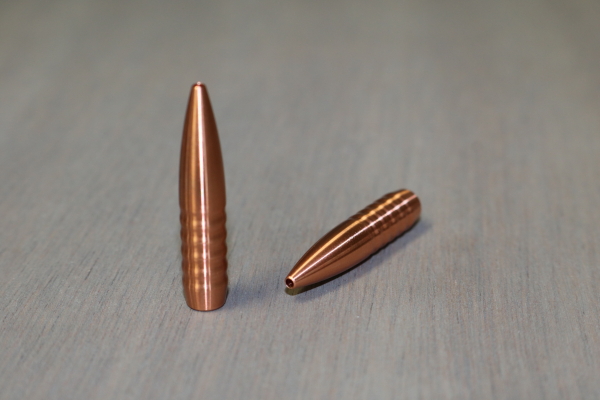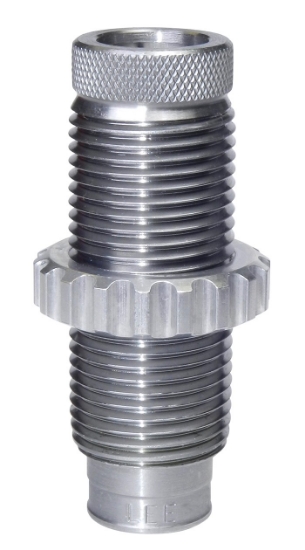Ive heard or read somewhere to crimp for accuracy. The idea is the amount of crimp can help control pressure, velocity and tune the delay of the bullet to the barrels harmonics more precisely that other methods like seating depth or charge.
Does anyone have any insight or experience with this?
Does anyone have any insight or experience with this?














